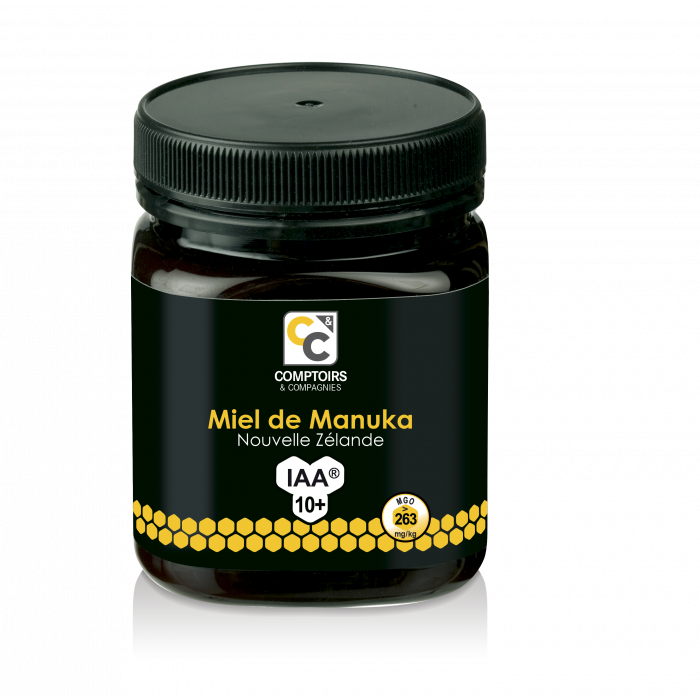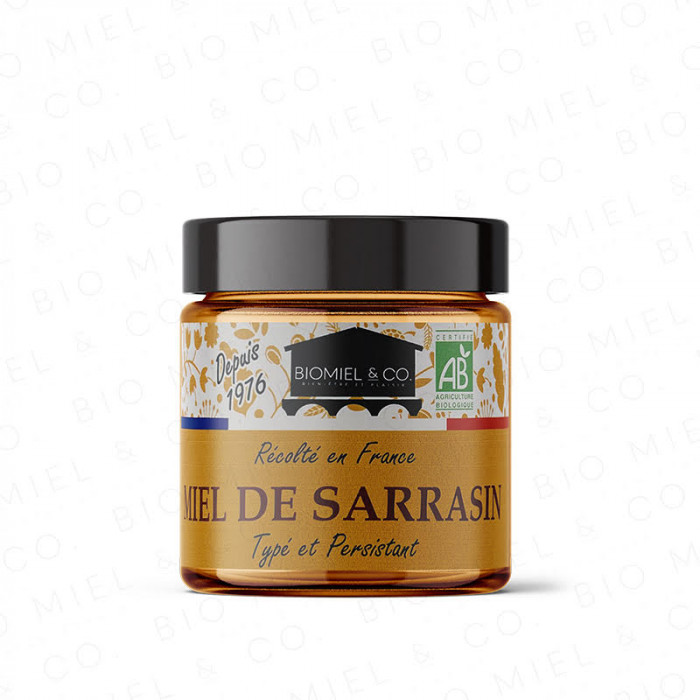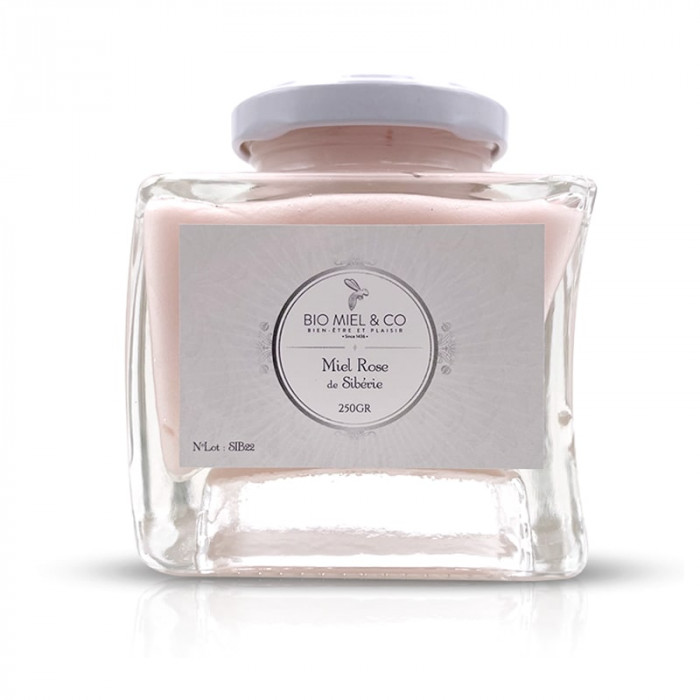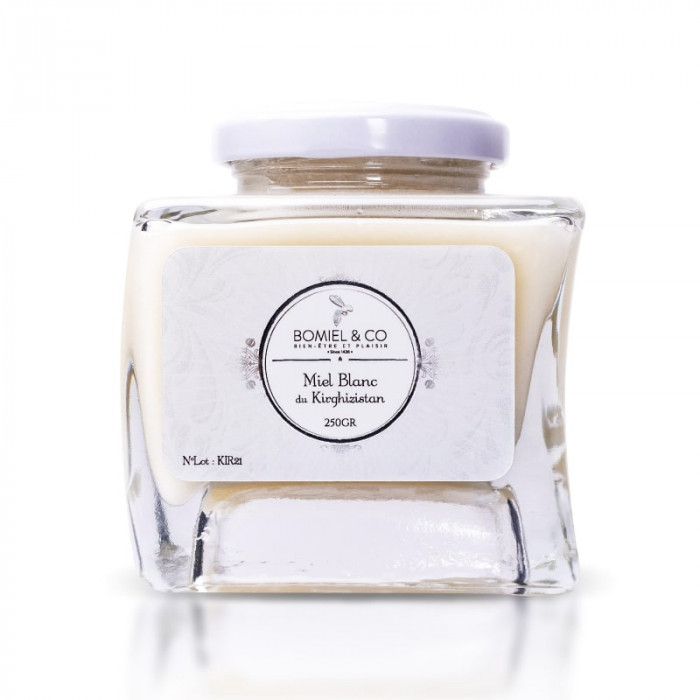- Bio Miel & Co
- 16129 views

You've probably noticed crystals on the walls of your pot of honey at some point. You may even wonder why does honey harden in this way? After all, isn't honey supposed to remain liquid and flavorful? Well, it depends on a lot of things. You probably prefer your honey to remain liquid and uncrystallized. But that's not always the case, and fortunately it happens. But despite knowing all this already, you're naturally wondering why does honey crystallize? Is it bad in this state? Let's find out.
What is honey crystallization?
Natural honey crystallizes for the same reason as all other foods. Its matter changes and develops over time. The process of honey crystallization is fairly simple, but involves many nuances. That's why many people wonder how to prevent honey from crystallizing and how to catch up with crystallized honey.
Let's move on to more concrete explanations. Honey is a natural product rich in sugars and nutrients. It is known for its curative properties and health benefits.
Honey can crystallize or solidify. This is a common phenomenon with sugar-containing products in particular. Crystallization of honey is due to the presence of various sugars and minerals, including fructose and glucose.
The crystallization process begins with the deposition of small sugar particles on the bottom of the honeypot. These crystals will gradually grow and spread throughout the honey, causing the texture to harden. The size of the crystals and the rate of crystallization depend on the type of honey as well as its composition. Temperature and humidity levels also influence the honey crystallization process. Honeys richer in glucose crystallize faster than those richer in fructose. This is the case with Lavender honey, which is rich in glucose. Whereas chestnut honey or sapin honey are rather rich in fructose and crystallize much less quickly.
How to make up for crystallized honey
You've probably noticed. Honey that has crystallized is generally harder to spread and consume. Despite this change in appearance, it retains all its flavor and beneficial properties. You can make up for crystallized honey by gently heating it in a saucepan over a bain-marie.
We've detailed the steps in our article Your Honey Crystallizes? No Panic!
We remind you that honey crystallization is a natural process that has no impact on its nutritional and taste qualities. It is therefore a sign of honey quality and freshness. What's more, crystallized honey keeps longer. So you can eat it without any problems.
Olive oil also crystallizes
Another food crystallizes too: it's olive oil. Indeed, it contains triglycerides that can crystallize at a certain temperature. When the temperature of the oil is below 18°C, the triglycerides begin to solidify and form crystals. These crystals can then come together to form denser, more visible aggregates.
Crystallization is therefore a natural phenomenon that occurs when oil molecules separate and solidify. This usually occurs when the oil is exposed to relatively cold temperatures. Crystallization is more common in virgin and extra-virgin oils, as they are less refined and contain more nutrients and aroma.
Like honey, this doesn't affect the taste or quality of olive oil. But, as you've probably noticed, it's obviously more complicated to use as it is.
So, it's a good idea to use olive oil as it is.
To return it to its liquid state, simply leave the bottle to soak in hot water for a few minutes. The time will depend on the amount of solidified oil, as well as the ambient temperature.
This is a very simple process.
As you will have seen, the honey crystallization is a completely natural phenomenon. Other foods, such as olive oil, also crystallize. Despite this impressive transformation, they offer many health benefits, even crystallized. If you still want to prevent honey from crystallizing, store it at room temperature.





